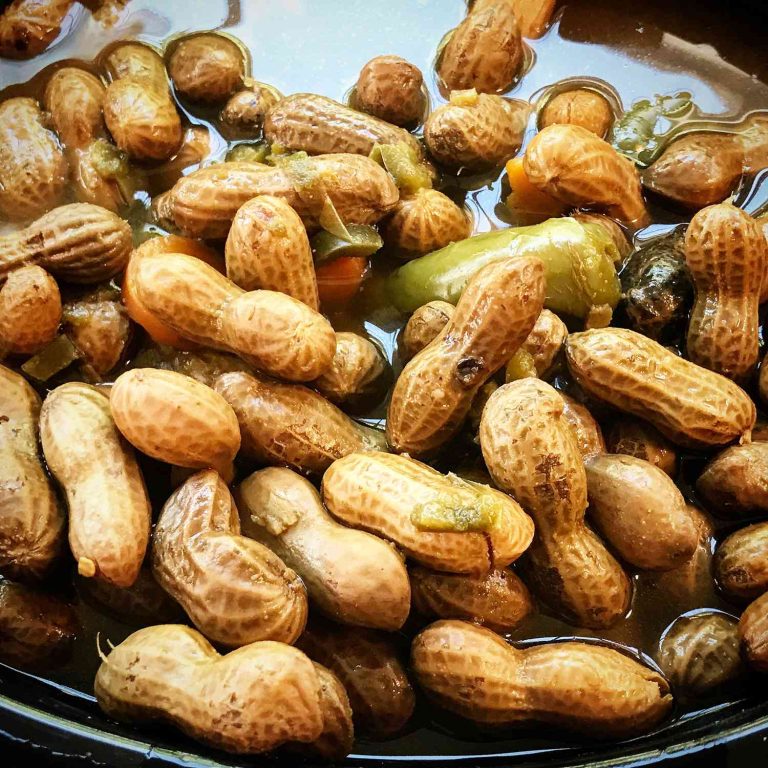Basic Brine for Smoking Meat for Flavor and Juiciness
Brining enhances meat’s flavor and juiciness by infusing moisture and seasoning. Salt in the brine solution breaks down the meat’s muscle fibers, enabling it to absorb liquids more effectively. This results in a juicier texture. Additionally, brining allows seasonings to penetrate deeper into the meat, ensuring every bite is flavorful. Without brining, meat can dry out during the smoking process, leading to a less satisfying experience.
- Water: The primary component, accounting for 90-94% of the brine. It acts as the medium for dissolving other ingredients.
- Salt: Crucial for osmosis. Kosher or sea salt, not iodized salt, is recommended.
- Sugar: Balances saltiness and aids caramelization. Brown sugar or honey can be used for added flavor.
- Aromatics: Optional ingredients like garlic, herbs, and spices. Examples include thyme, bay leaves, and peppercorns.
- Acidic Elements: Optional but can add complexity. Examples are apple cider vinegar or citrus juice.
These ingredients create a balanced brine that can transform your smoked meats into a culinary delight.
Preparing Your Basic Brine
Step-by-Step Instructions
- Gather Ingredients
Collect water, salt, sugar, aromatics, and acidic elements. Use coarse kosher salt for better dissolution. - Dissolve Salt and Sugar
Mix salt and sugar in water. Stir until fully dissolved. Use 1 cup of salt and 1/2 cup of sugar per gallon of water for a standard brine. - Add Aromatics
Include herbs, spices, or garlic. For example, add bay leaves, peppercorns, or cloves. Enhance flavor profiles with your preferred mix. - Include Acidic Elements
Pour in acidic components, like apple cider vinegar. Use 1/4 cup per gallon of water. These help tenderize the meat. - Cool the Brine
Once combined, cool the brine to refrigerator temperature. Avoid soaking meat in warm brine to prevent bacterial growth. - Submerge Meat
Place your meat in a non-reactive container. Ensure it’s fully submerged. Cover and refrigerate. - Brine Duration
Brine based on meat type. For example, brine poultry for 4-6 hours and larger cuts like pork for 12-24 hours.
- Use Fresh Aromatics
Fresh herbs and spices intensify flavor. Dried options work but offer less vibrant results. - Maintain Correct Ratios
Balance water, salt, and sugar. Stick to recommended proportions for consistent results. - Temperature Control
Keep the brine and meat cold. Refrigeration prevents bacterial growth and maintains food safety. - Experiment With Add-Ins
Try different herb, spice, and acid combinations. For instance, rosemary and lemon offer a citrusy, herby profile. - Pat Meat Dry
Remove the meat from brine and pat it dry. This step is crucial before smoking to ensure proper smoke adherence. - Test Brine Solutions
Test different brine solutions on small meat portions. Discover what flavor profiles work best for particular meats.
By following these steps and tips, you ensure a flavorful and moist outcome for your smoked meats.
The Smoking Process
How Brining Affects Smoking
Brining plays a significant role in the smoking process. It helps the meat retain moisture, preventing it from drying out during prolonged exposure to smoke. Salt from the brine penetrates deep into the meat, breaking down proteins and muscle fibers, resulting in a tender texture. This process ensures that the meat remains juicy and flavorful, even after hours of smoking. Moreover, brining adds a baseline seasoning that enhances the overall taste of the smoked meat.
Best Meats to Smoke with Brine
Certain meats benefit more from brining before smoking. Poultry (chicken, turkey), pork (pork chops, ribs), and fish (salmon, trout) are top choices. Brining poultry ensures the meat stays moist and infuses it with a rich, savory flavor. Pork gains tenderness and absorbs flavor evenly, making it succulent and delicious. Fish, being delicate, retains moisture and gains a subtle saltiness that complements the smoky taste. Brining these meats helps achieve the best balance of texture and flavor.
Maintaining Quality and Safety
Storage Tips for Brined Meat
Store brined meat properly to ensure quality and safety. Keep the meat in a clean, non-reactive container. Use containers like food-grade plastic buckets, stainless steel bowls, or resealable plastic bags. Brined meat should remain in the refrigerator at a temperature below 40°F. Before smoking, rinse the meat under cold water to remove excess brine. Pat dry with paper towels to avoid excess moisture.
Food Safety Considerations
Practice food safety when handling brined meat. Brine should not be reused due to bacterial contamination risks. Discard used brine immediately after removing the meat. Use a food thermometer to ensure the meat reaches a safe internal temperature during smoking. Poultry should reach 165°F, while pork and fish should reach 145°F. Always wash hands, utensils, and surfaces thoroughly after handling raw meat to prevent cross-contamination.
By following these practices, you’ll maintain the quality and safety of your brined and smoked meats.
Conclusion
Brining meat before smoking is a game-changer, enhancing both flavor and juiciness. Whether you’re an experienced pitmaster or a casual BBQ enthusiast, brining ensures your smoked meats are succulent and full of flavor. Remember to follow essential tips for maintaining quality and safety, such as using clean containers and keeping the temperature below 40°F. Always rinse the meat before smoking and use a food thermometer to ensure it reaches safe internal temperatures. By adhering to these practices, you’ll elevate your smoking game and enjoy delicious, safe-to-eat brined and smoked meats every time.






